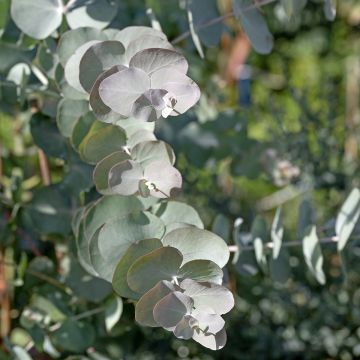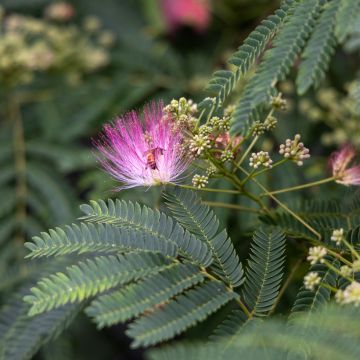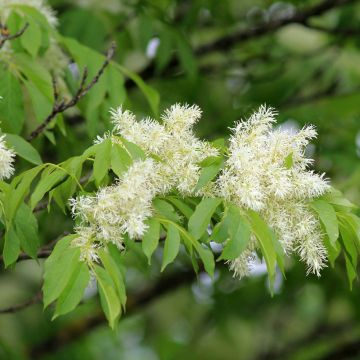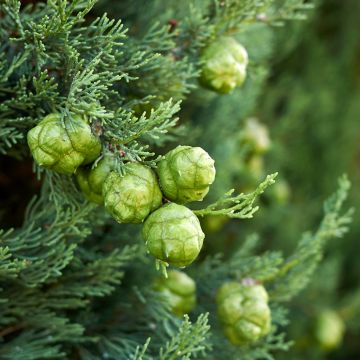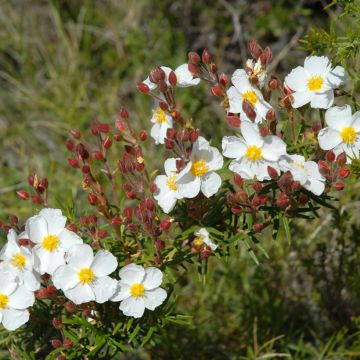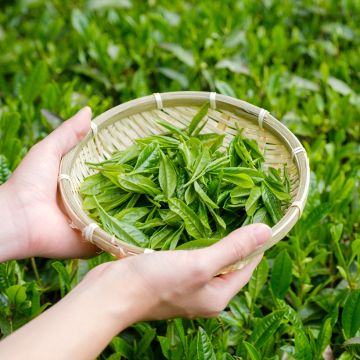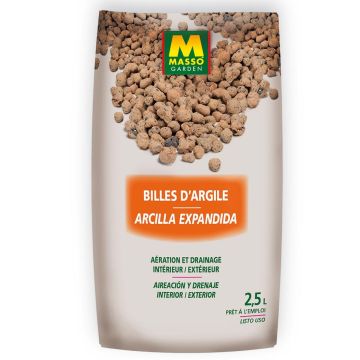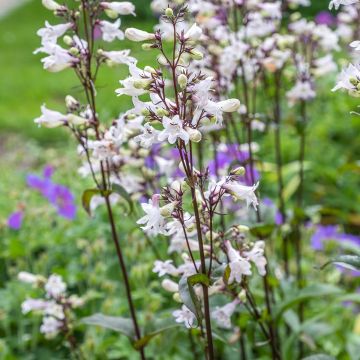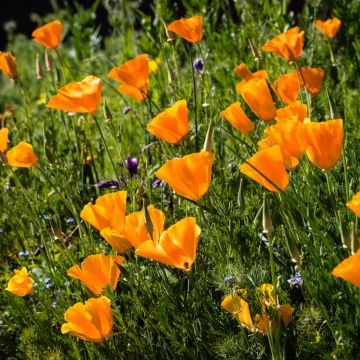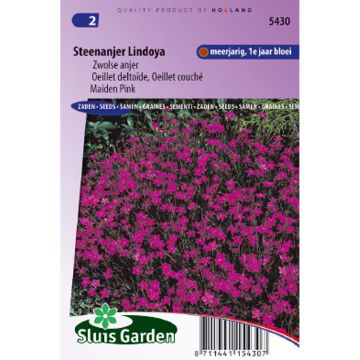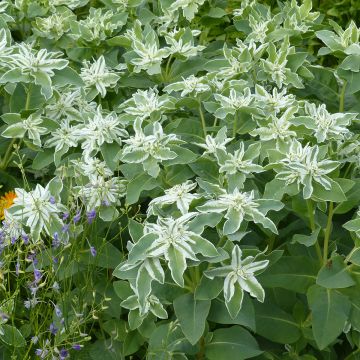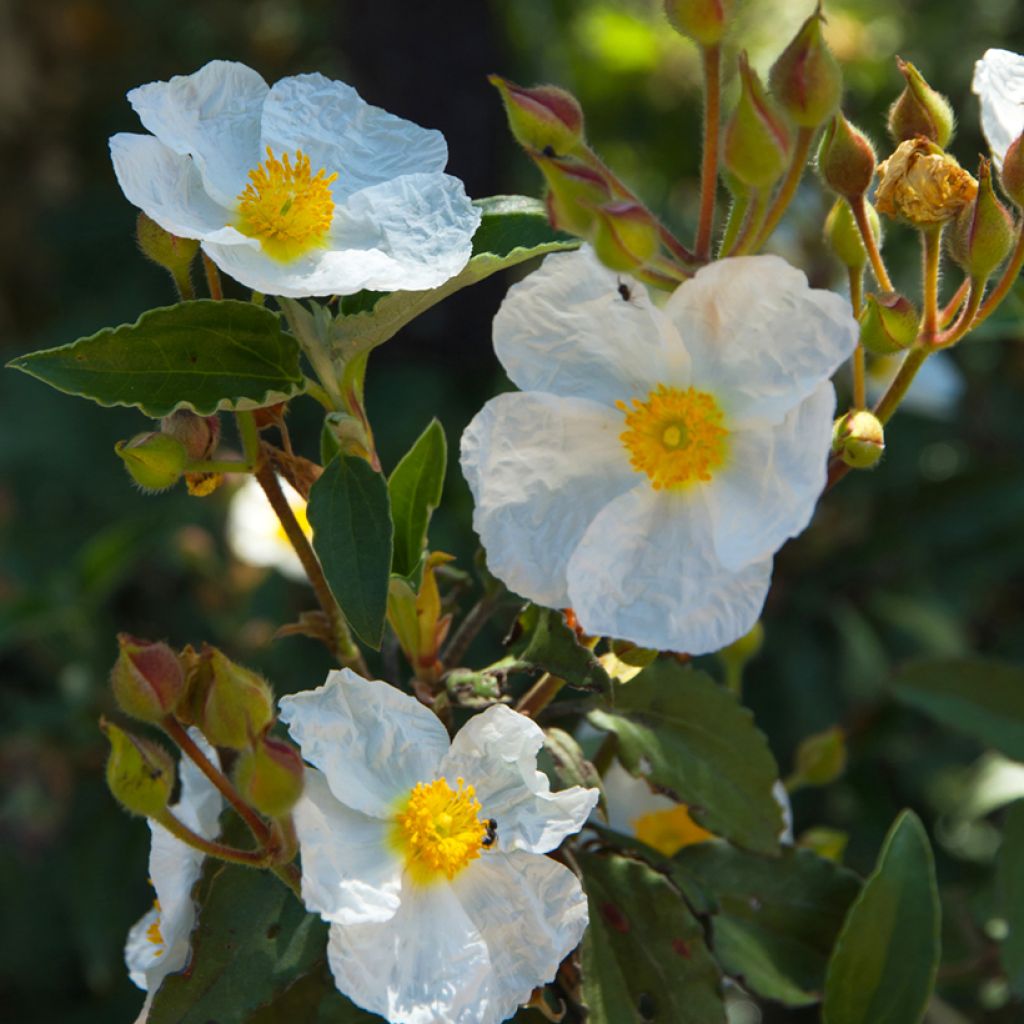

Cistus laurifolius seeds - Laurel-leaved rock rose
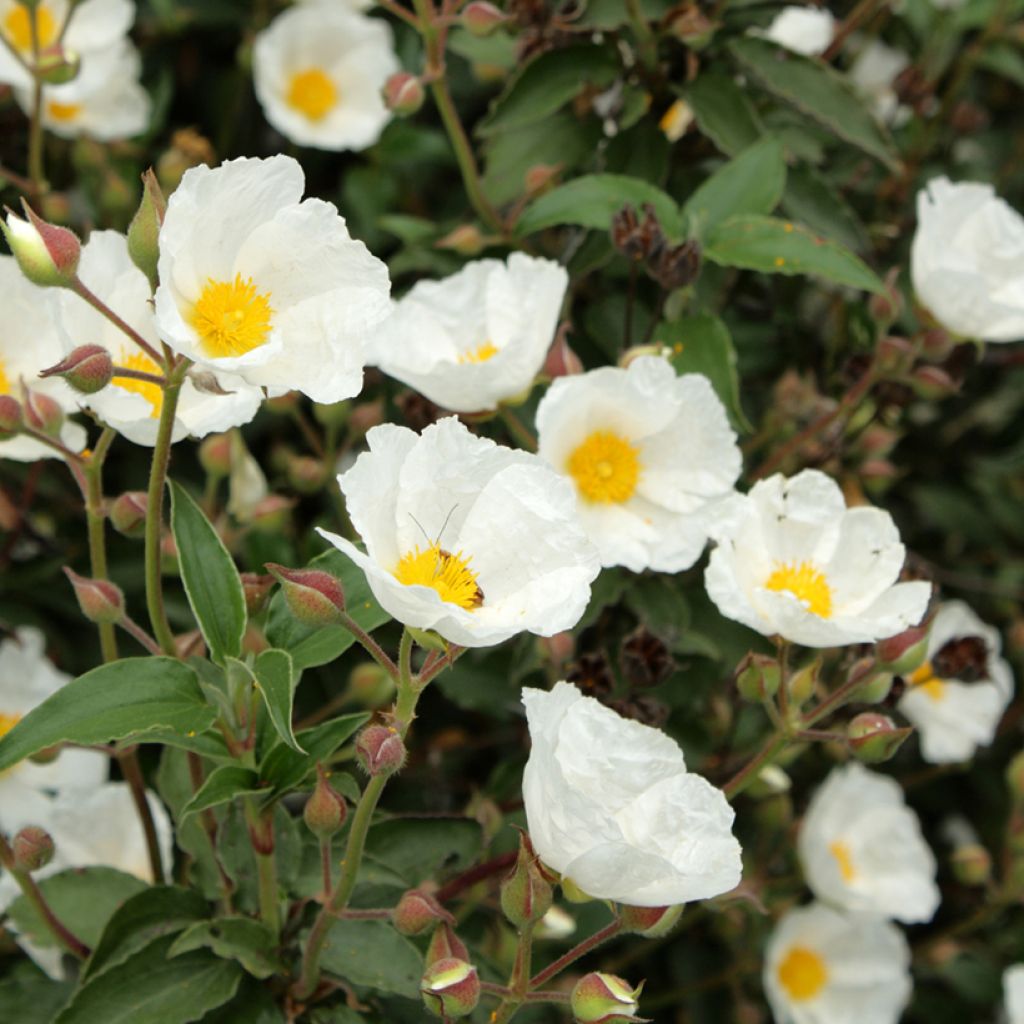

Cistus laurifolius seeds - Laurel-leaved rock rose
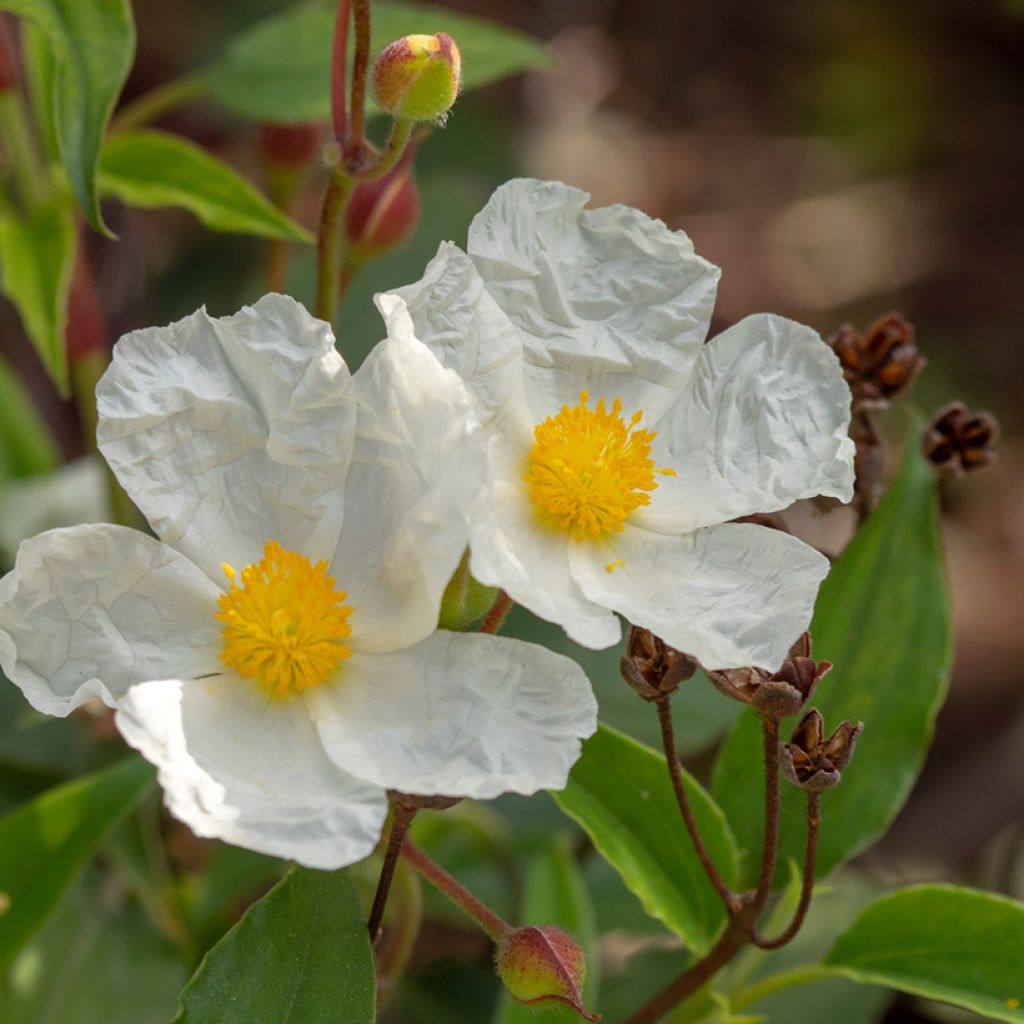

Cistus laurifolius seeds - Laurel-leaved rock rose
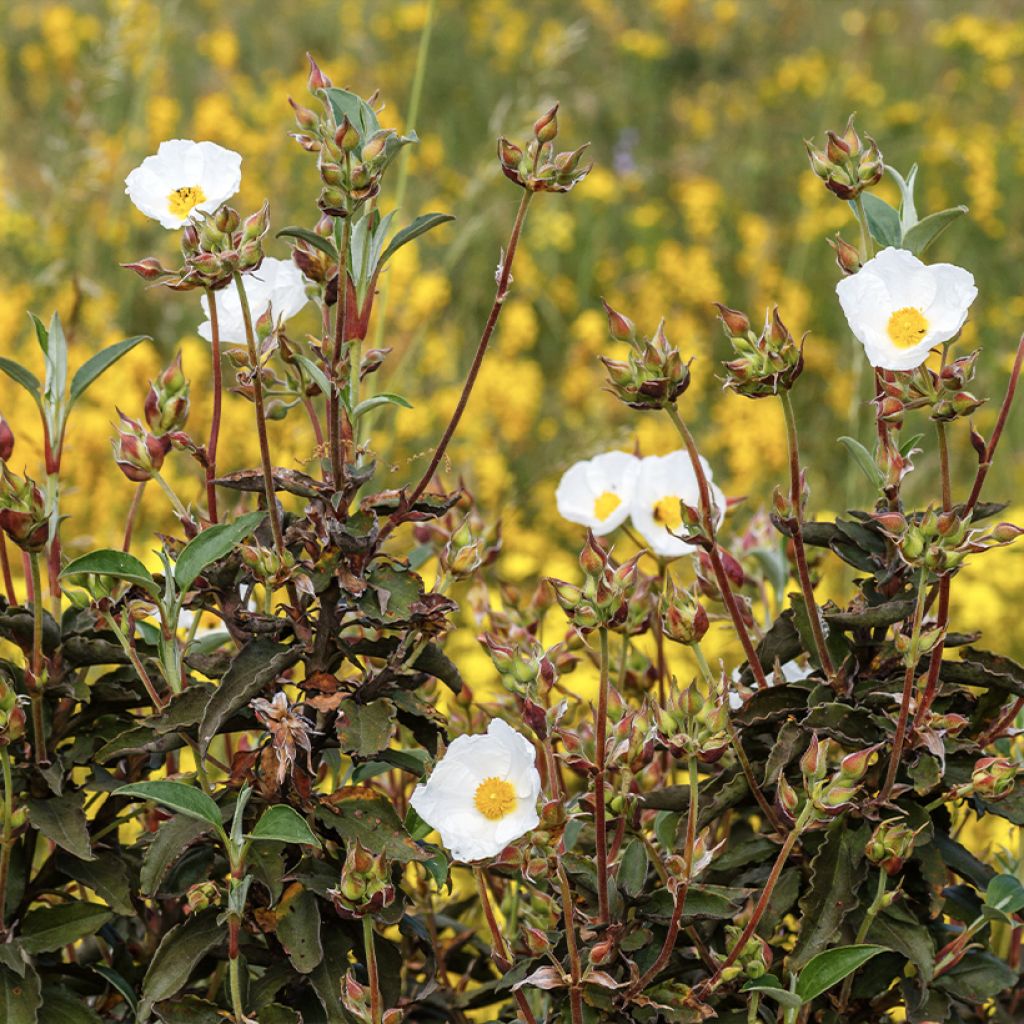

Cistus laurifolius seeds - Laurel-leaved rock rose
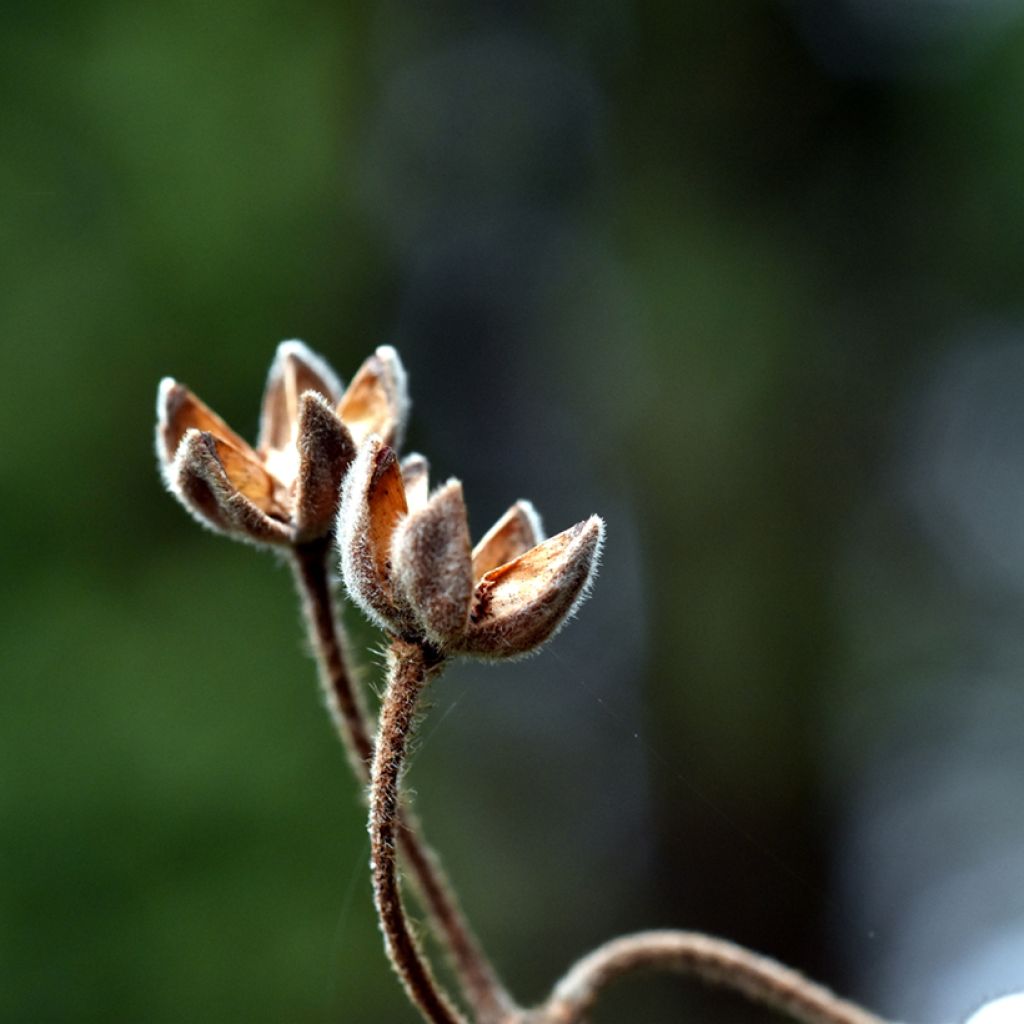

Cistus laurifolius seeds - Laurel-leaved rock rose
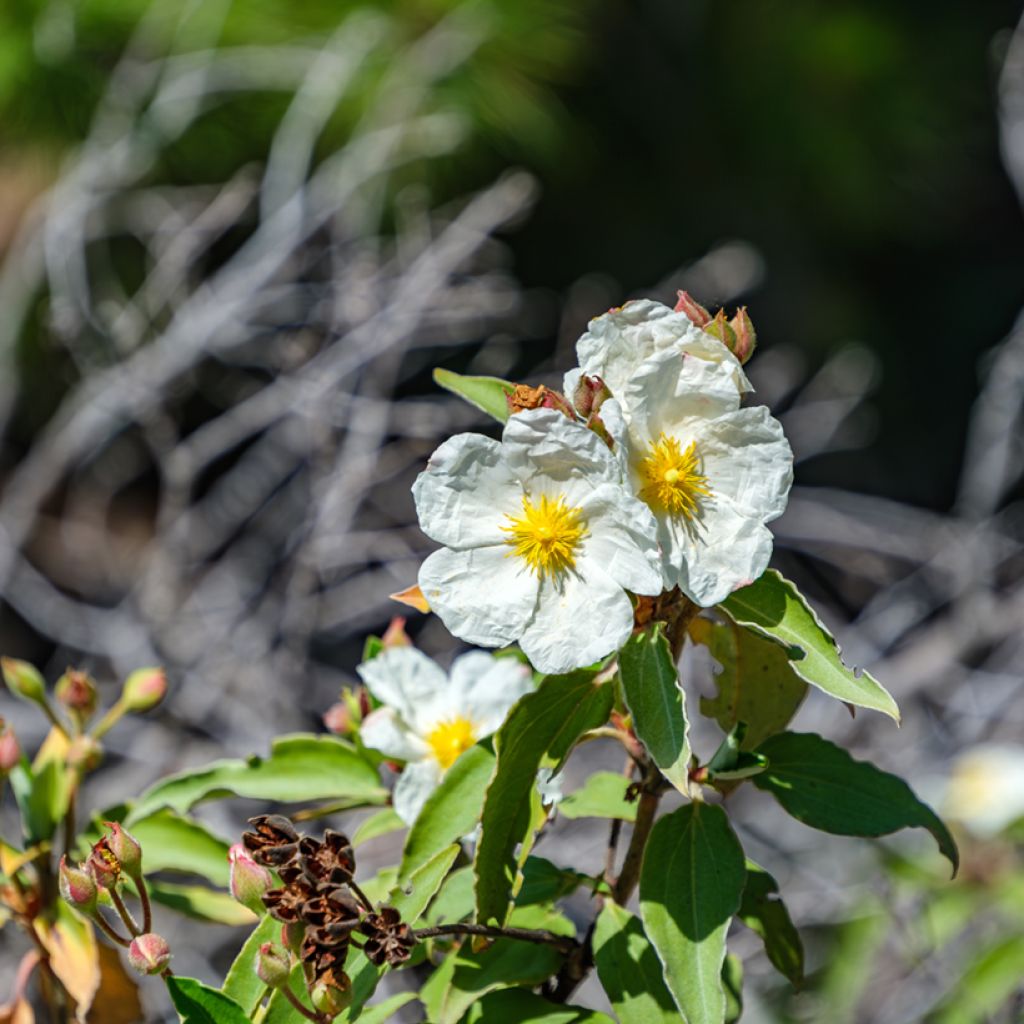

Cistus laurifolius seeds - Laurel-leaved rock rose
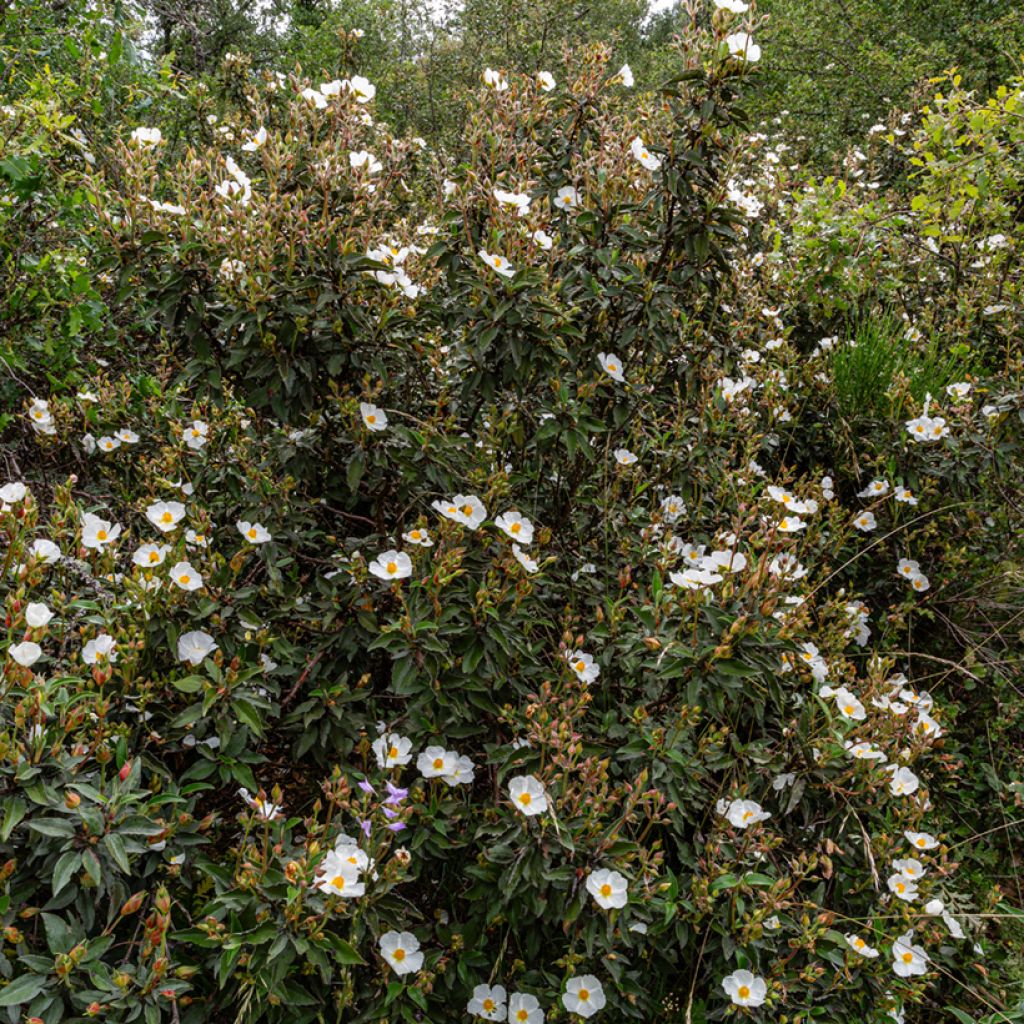

Cistus laurifolius seeds - Laurel-leaved rock rose
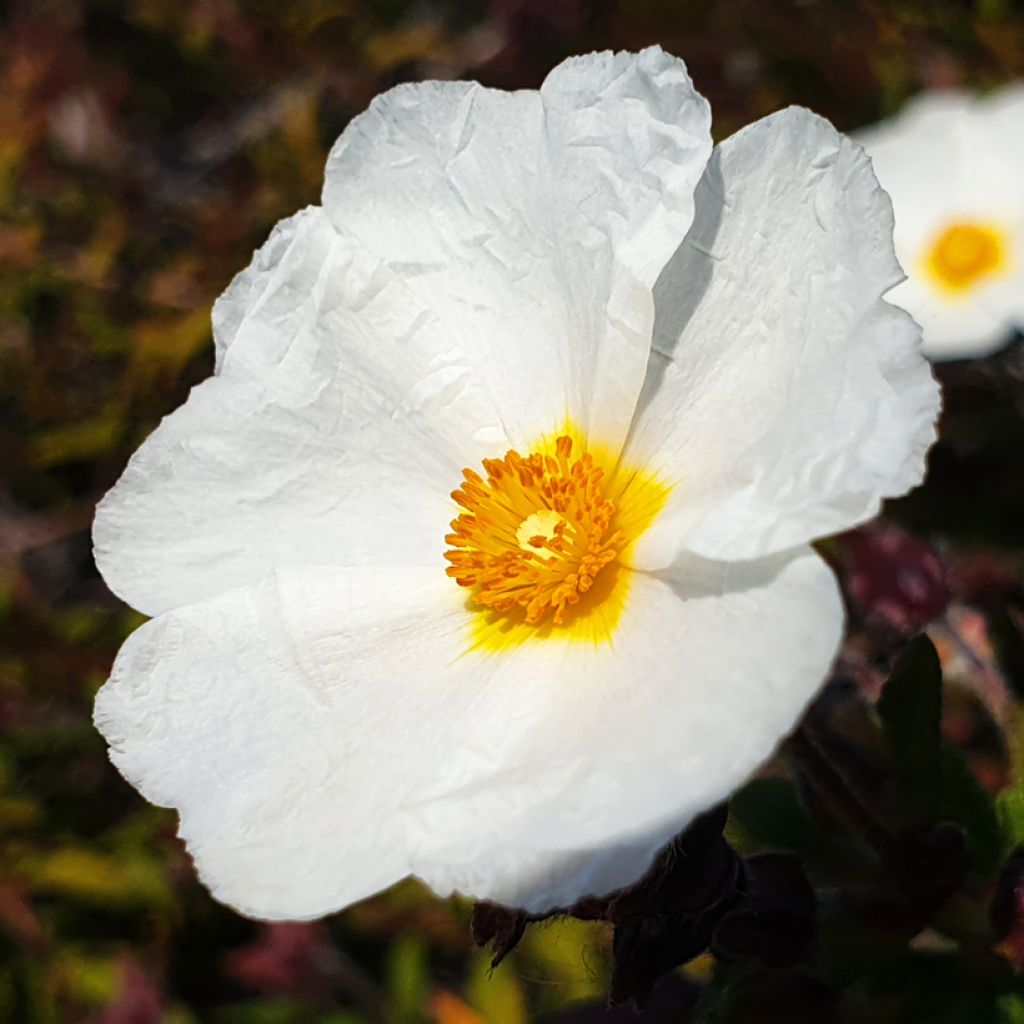

Cistus laurifolius seeds - Laurel-leaved rock rose
Cistus laurifolius seeds - Laurel-leaved rock rose
Cistus laurifolius
Laurel-leaved snail-seed, Laurel lead Cocculus
Special offer!
Receive a €20 voucher for any order over €90 (excluding delivery costs, credit notes, and plastic-free options)!
1- Add your favorite plants to your cart.
2- Once you have reached €90, confirm your order (you can even choose the delivery date!).
3- As soon as your order is shipped, you will receive an email containing your voucher code, valid for 3 months (90 days).
Your voucher is unique and can only be used once, for any order with a minimum value of €20, excluding delivery costs.
Can be combined with other current offers, non-divisible and non-refundable.
Home or relay delivery (depending on size and destination)
Schedule delivery date,
and select date in basket
This plant carries a 6 months recovery warranty
More information
We guarantee the quality of our plants for a full growing cycle, and will replace at our expense any plant that fails to recover under normal climatic and planting conditions.
Would this plant suit my garden?
Set up your Plantfit profile →
Description
Cistus laurifolius, the Laurel-leaved Rockrose, is an evergreen bush prized for its hardiness, beautiful dark green foliage, and abundant spring flowering. It is quite large for a rockrose and more cold-resistant than its relatives, it can be acclimatised far from its southern native lands while retaining its distinctly Mediterranean charm. It is an excellent plant for dry gardens, shrub borders, and informal hedges: it adapts to any well-drained soil and requires little maintenance. Growing it from seed is a task for enthusiasts: it requires several steps to break the dormancy of the seeds.
Cistus laurifolius belongs to the botanical family of Cistaceae, like all rockroses. Native to southern Europe, North Africa, and Turkey, it grows naturally in mountainous environments up to 2000 m altitude. Its specific name, "laurifolius," derives from Latin and means "laurel-leaved," referencing the shape and texture of its foliage. This bush has a spreading and dense habit, reaching up to 2 m in height and 1 to 1.30 m in width. It has a relatively fast growth, establishing itself in just a few years. The branches are sturdy, with reddish bark that partially peels with age, resembling that of the Cyprus strawberry tree (Arbutus andrachne). The evergreen leaves are thick, leathery, ovate to lanceolate, and measure between 4 and 9 cm in length. They are dark green and glossy on top, while the underside is lighter, often covered with a grey or silvery bloom. The young shoots are red, sticky, and emit a slight fragrance, especially in warm weather. Flowering occurs in May-June, producing white, 5 to 6 cm diameter flowers, grouped in umbel-like corymbs of 3 to 12 flowers. Each flower has five delicate petals with a yellow base, surrounding numerous yellow stamens. The three sepals are ovate, acute, and bristly. The fruit is a globular, hairy capsule with five chambers, containing warty seeds. The root system of this large rockrose is adapted to poor, well-drained soils, allowing the plant to withstand drought.
The Laurel-leaved Rockrose is ideal for creating shrub borders and informal hedges, or for incorporating into natural gardens of the lower Mediterranean mountains. This bush is perfect for dry gardens. It pairs well with other Mediterranean plants such as strawberry trees, Pistacia lentiscus (mastic tree), and Phillyrea angustifolia (narrow-leaved mock privet). These species share similar requirements for soil and climate, while offering varied foliage and complementary flowering in the garden.
Report an error about the product description
Cistus laurifolius seeds - Laurel-leaved rock rose in pictures


Flowering
Foliage
Plant habit
Botanical data
Cistus
laurifolius
Cistaceae
Laurel-leaved snail-seed, Laurel lead Cocculus
Southern Europe, North Africa
Other Tree seeds
View all →Planting and care
Growing Cistus laurifolius from seed is considered tricky, mainly due to seed dormancy and its low germination rate. The seeds of this rockrose have a very hard casing, which prevents water from penetrating easily and delays, or even prevents, germination. In nature, their dormancy break is often triggered by fire or significant temperature fluctuations.
Spring is the ideal time to sow this rockrose. To optimise germination, seed preparation is essential. Scarification is a key first step: the seed coat should be weakened by lightly rubbing with sandpaper or carefully nicking it. A heat treatment can also be applied to mimic post-fire natural conditions. An effective method involves exposing the seeds to a temperature of 80 to 100°C for about ten minutes, either by placing them in an oven or by immersing them in very hot water before soaking them in cold water.
Once prepared, soak the seeds in lukewarm water for 12 to 24 hours to promote rehydration and stimulate the germination process.
For sowing, use a well-draining substrate composed of a mix of light compost and coarse sand. The seeds should be placed on the surface and covered with a thin layer of sand or vermiculite. They should then be placed in a bright environment, with a stable temperature around 15 to 20°C.
Water moderately; the substrate should be kept slightly moist but never waterlogged. Germination can be slow and irregular, spanning several weeks or even months, requiring patience and monitoring.
When the seedlings reach about 5 to 7 cm and develop several true leaves, they can be transplanted into individual pots filled with a well-drained substrate. It is best to gradually acclimatise them to drier conditions before planting them permanently in the ground, in spring or autumn, in dry, poor, and sunny soil.
Despite all these precautions, germination of Cistus laurifolius seeds can still be unpredictable. For quicker and more reliable propagation, taking cuttings in summer is often a recommended alternative.
Growing Tips: Cistus laurifolius should be planted in autumn or early spring, outside frost periods. It prefers well-drained, poor, or stony soils and can even tolerate slightly chalky ground. A position in full sun ensures optimal flowering, but partial shade is tolerated in hotter, sunnier regions. Drought-resistant once established, it only requires moderate watering in the first year after planting. No fertiliser is needed, as overly rich soil could compromise its hardiness. It does not tolerate excess moisture, especially in winter, so planting on a mound or improving drainage is advisable if the soil is too compact.
Sowing period
Intended location
This item has not been reviewed yet - be the first to leave a review about it.
Similar products
Haven't found what you were looking for?
Hardiness is the lowest winter temperature a plant can endure without suffering serious damage or even dying. However, hardiness is affected by location (a sheltered area, such as a patio), protection (winter cover) and soil type (hardiness is improved by well-drained soil).

Photo Sharing Terms & Conditions
In order to encourage gardeners to interact and share their experiences, Promesse de fleurs offers various media enabling content to be uploaded onto its Site - in particular via the ‘Photo sharing’ module.
The User agrees to refrain from:
- Posting any content that is illegal, prejudicial, insulting, racist, inciteful to hatred, revisionist, contrary to public decency, that infringes on privacy or on the privacy rights of third parties, in particular the publicity rights of persons and goods, intellectual property rights, or the right to privacy.
- Submitting content on behalf of a third party;
- Impersonate the identity of a third party and/or publish any personal information about a third party;
In general, the User undertakes to refrain from any unethical behaviour.
All Content (in particular text, comments, files, images, photos, videos, creative works, etc.), which may be subject to property or intellectual property rights, image or other private rights, shall remain the property of the User, subject to the limited rights granted by the terms of the licence granted by Promesse de fleurs as stated below. Users are at liberty to publish or not to publish such Content on the Site, notably via the ‘Photo Sharing’ facility, and accept that this Content shall be made public and freely accessible, notably on the Internet.
Users further acknowledge, undertake to have ,and guarantee that they hold all necessary rights and permissions to publish such material on the Site, in particular with regard to the legislation in force pertaining to any privacy, property, intellectual property, image, or contractual rights, or rights of any other nature. By publishing such Content on the Site, Users acknowledge accepting full liability as publishers of the Content within the meaning of the law, and grant Promesse de fleurs, free of charge, an inclusive, worldwide licence for the said Content for the entire duration of its publication, including all reproduction, representation, up/downloading, displaying, performing, transmission, and storage rights.
Users also grant permission for their name to be linked to the Content and accept that this link may not always be made available.
By engaging in posting material, Users consent to their Content becoming automatically accessible on the Internet, in particular on other sites and/or blogs and/or web pages of the Promesse de fleurs site, including in particular social pages and the Promesse de fleurs catalogue.
Users may secure the removal of entrusted content free of charge by issuing a simple request via our contact form.
The flowering period indicated on our website applies to countries and regions located in USDA zone 8 (France, the United Kingdom, Ireland, the Netherlands, etc.)
It will vary according to where you live:
- In zones 9 to 10 (Italy, Spain, Greece, etc.), flowering will occur about 2 to 4 weeks earlier.
- In zones 6 to 7 (Germany, Poland, Slovenia, and lower mountainous regions), flowering will be delayed by 2 to 3 weeks.
- In zone 5 (Central Europe, Scandinavia), blooming will be delayed by 3 to 5 weeks.
In temperate climates, pruning of spring-flowering shrubs (forsythia, spireas, etc.) should be done just after flowering.
Pruning of summer-flowering shrubs (Indian Lilac, Perovskia, etc.) can be done in winter or spring.
In cold regions as well as with frost-sensitive plants, avoid pruning too early when severe frosts may still occur.
The planting period indicated on our website applies to countries and regions located in USDA zone 8 (France, United Kingdom, Ireland, Netherlands).
It will vary according to where you live:
- In Mediterranean zones (Marseille, Madrid, Milan, etc.), autumn and winter are the best planting periods.
- In continental zones (Strasbourg, Munich, Vienna, etc.), delay planting by 2 to 3 weeks in spring and bring it forward by 2 to 4 weeks in autumn.
- In mountainous regions (the Alps, Pyrenees, Carpathians, etc.), it is best to plant in late spring (May-June) or late summer (August-September).
The harvesting period indicated on our website applies to countries and regions in USDA zone 8 (France, England, Ireland, the Netherlands).
In colder areas (Scandinavia, Poland, Austria...) fruit and vegetable harvests are likely to be delayed by 3-4 weeks.
In warmer areas (Italy, Spain, Greece, etc.), harvesting will probably take place earlier, depending on weather conditions.
The sowing periods indicated on our website apply to countries and regions within USDA Zone 8 (France, UK, Ireland, Netherlands).
In colder areas (Scandinavia, Poland, Austria...), delay any outdoor sowing by 3-4 weeks, or sow under glass.
In warmer climes (Italy, Spain, Greece, etc.), bring outdoor sowing forward by a few weeks.































